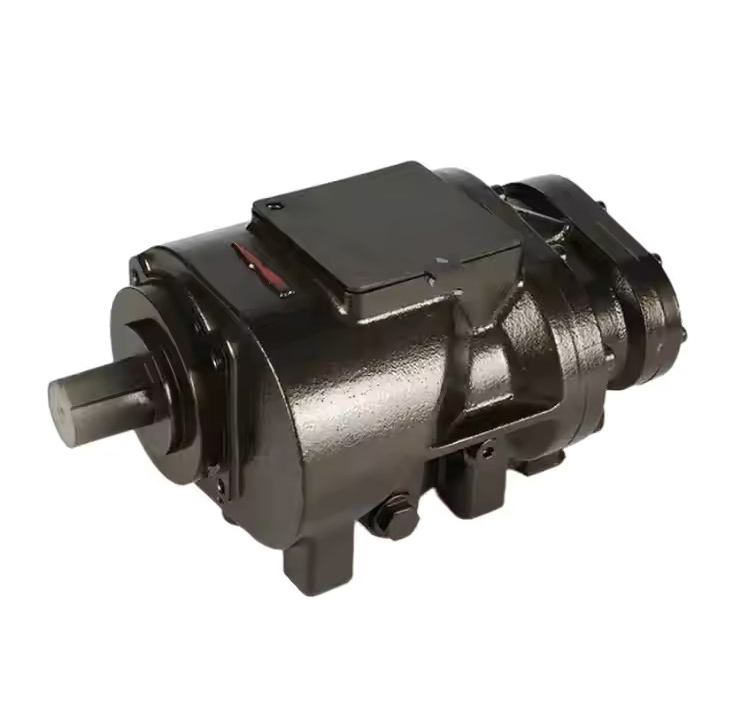The Air End is often called the heart of the compressor, it is the component responsible for compressing the air. Air End in an air compressor it typically consists of rotors that work together to draw in ambient air, compress it to a higher pressure, and deliver it for various applications. Other terms for the Air End are the compressor element or compressor stage.
Air Ends come in different types, depending on the technology and physical principle.
Key Functions of an Air End
- Air Intake: Draws ambient air into the compression chamber.
- Compression: Reduces the volume of the air, raising its pressure.
- Delivery: Discharges the compressed air for use in pneumatic tools, machinery, etc.
- Cooling: Often includes a cooling mechanism to manage heat generated during compression.
The few types of Air Ends:
- Rotary Screw Air End
- Function: These use two interlocking helical screws (rotors) to compress the air. As the screws turn, they trap air and compress it within the cavity formed between them.
- Advantages:
- Continuous airflow, making them ideal for industrial applications.
- Generally more efficient for larger volumes of compressed air.
- Quieter operation compared to other types.
3.Common Uses: Manufacturing, automotive, and any application requiring a constant air supply.
- Reciprocating Air End
- Function: These use a piston within a cylinder to compress air. The piston moves down to draw in air, then moves up to compress it.
2. Advantages:
- Simpler design, which can make them easier to maintain.
- Often more affordable for smaller applications.
3. Common Uses: Workshops, automotive shops, and home use where lower volumes of air are required.
- Rotary Vane Air End
- Mechanism: Consists of a rotor with slots that hold sliding vanes. As the rotor turns, the vanes slide in and out, creating expanding and contracting chambers that compress the air.
- Applications: Often used in applications requiring a continuous flow of compressed air, such as in pneumatic tools or manufacturing processes.
- Advantages: More compact and efficient for continuous operation, quieter than reciprocating compressors, and provides a smooth airflow.










